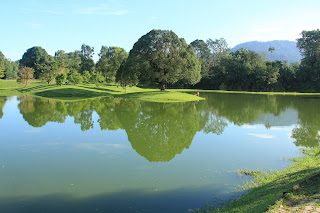RATIONALE
I choose to shoot the night scene of our university is because of this place are so quiet and peace during the night. I am staying in the campus so I have the chance to walk around the campus during the sky turn dark. When 7pm , the light around the university will turn on . I shoot the scene of university during the night because of I like the light. When I using a slow speed to shoot the photos, the light will become star shape or look like diamond too. Some of the classroom still turn on the light, it make the building look more nice and clear for seeing from far. I love the lakeside of our campus. Every time I will sit beside the lake and chat with my friends and enjoy the scene of the lake during the night time. The reason that I choose to shoot beside the lakeside is I like the reflection of the light .All the light beside the shop house, Reumz hotel and the residence are reflecting by the water. The reflection of the light are so nice in the water, the shadow of the light are longer and shine. Besides the lakeside, the street infront of the university are nice too. The street light around the street make the road look bright and nice. No cars is around the street like day time, this is the reason that make me want to shoot that scene. No traffic jam and no noice around the place and this is the reason makes this place so peaceful. One of the photo was taken in the residence that I am staying now. I shoot that photo is because the angel of the building is nice and some of the room is turning on their light. In the day time, we cant find the nice scene than the night that I have took. I like the night scene of this campus.






































